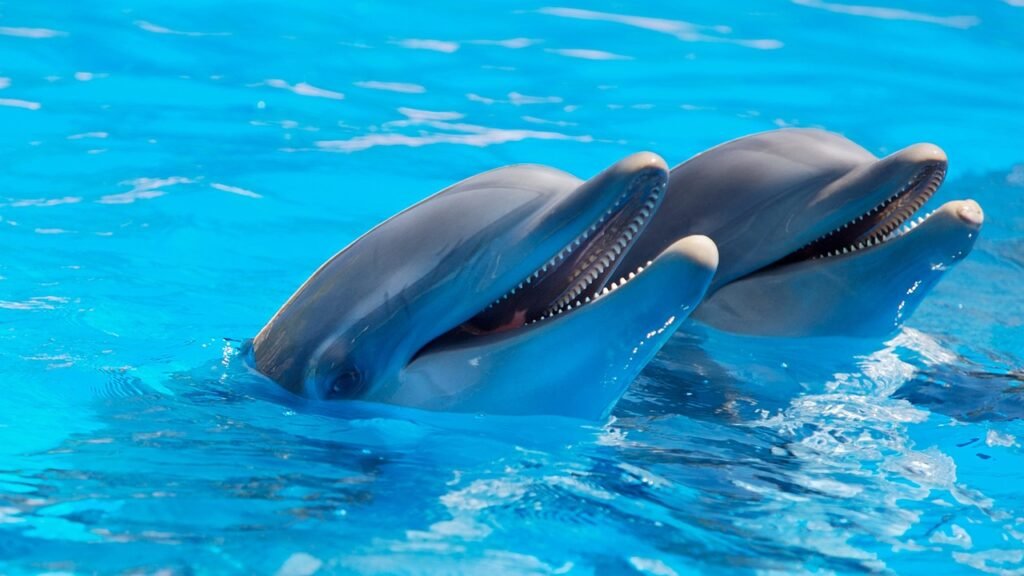The idea of dolphins, those playful and intelligent denizens of the sea, being involved in military missions might sound like the plot of a science fiction novel. However, during the Cold War, this became a reality. The U.S. Navy pioneered the use of marine mammals, including dolphins, for various military operations. These initiatives, though innovative, sparked significant ethical debates and controversies. This article delves into this intriguing chapter of military history, exploring the reasons behind the training, the missions they were tasked with, and the controversies that ensued.
The Origins of Dolphin Training for Military Use
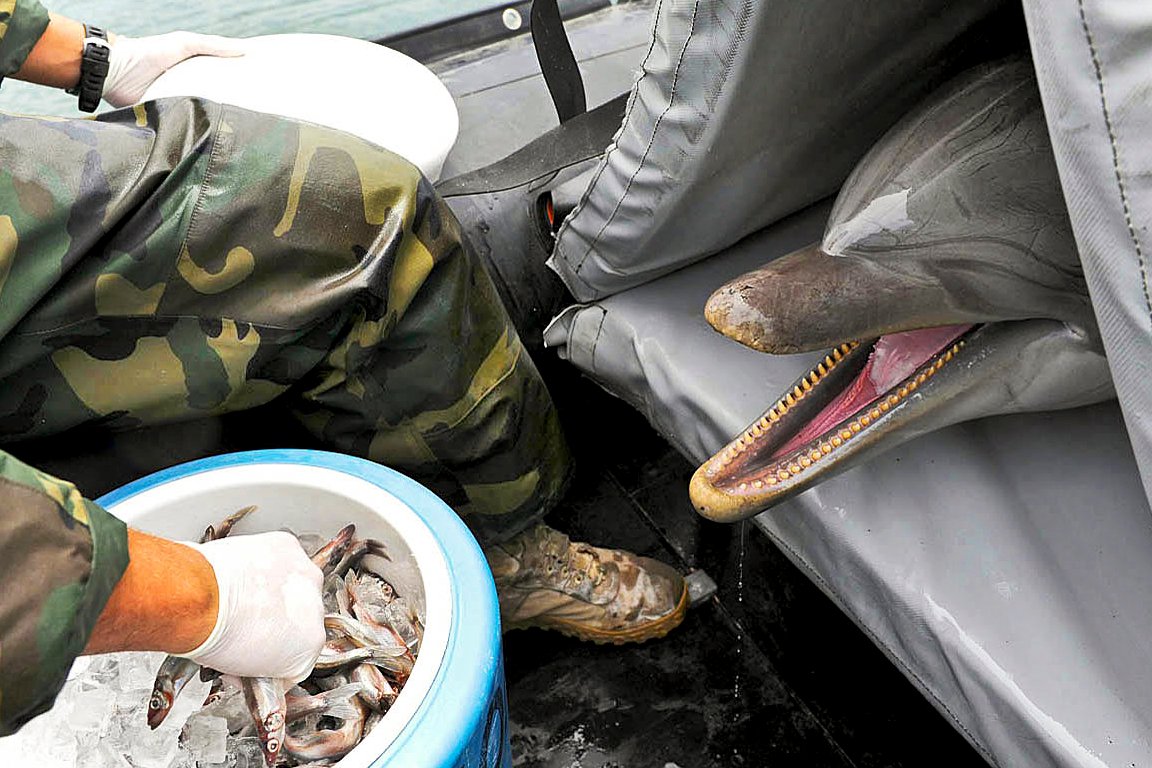
The concept of using dolphins for military purposes emerged during the Cold War, a time when technological advancements were rapidly evolving. The U.S. Navy was keen on exploring unconventional methods to gain an edge over adversaries. Dolphins, known for their intelligence and sonar capabilities, caught the military’s attention. The Navy’s Marine Mammal Program began in the 1960s, focusing on harnessing these abilities for underwater reconnaissance and mine detection. The idea was both revolutionary and controversial, as it involved transforming a wild animal into a tool of warfare.
Why Dolphins Were Chosen for Military Missions
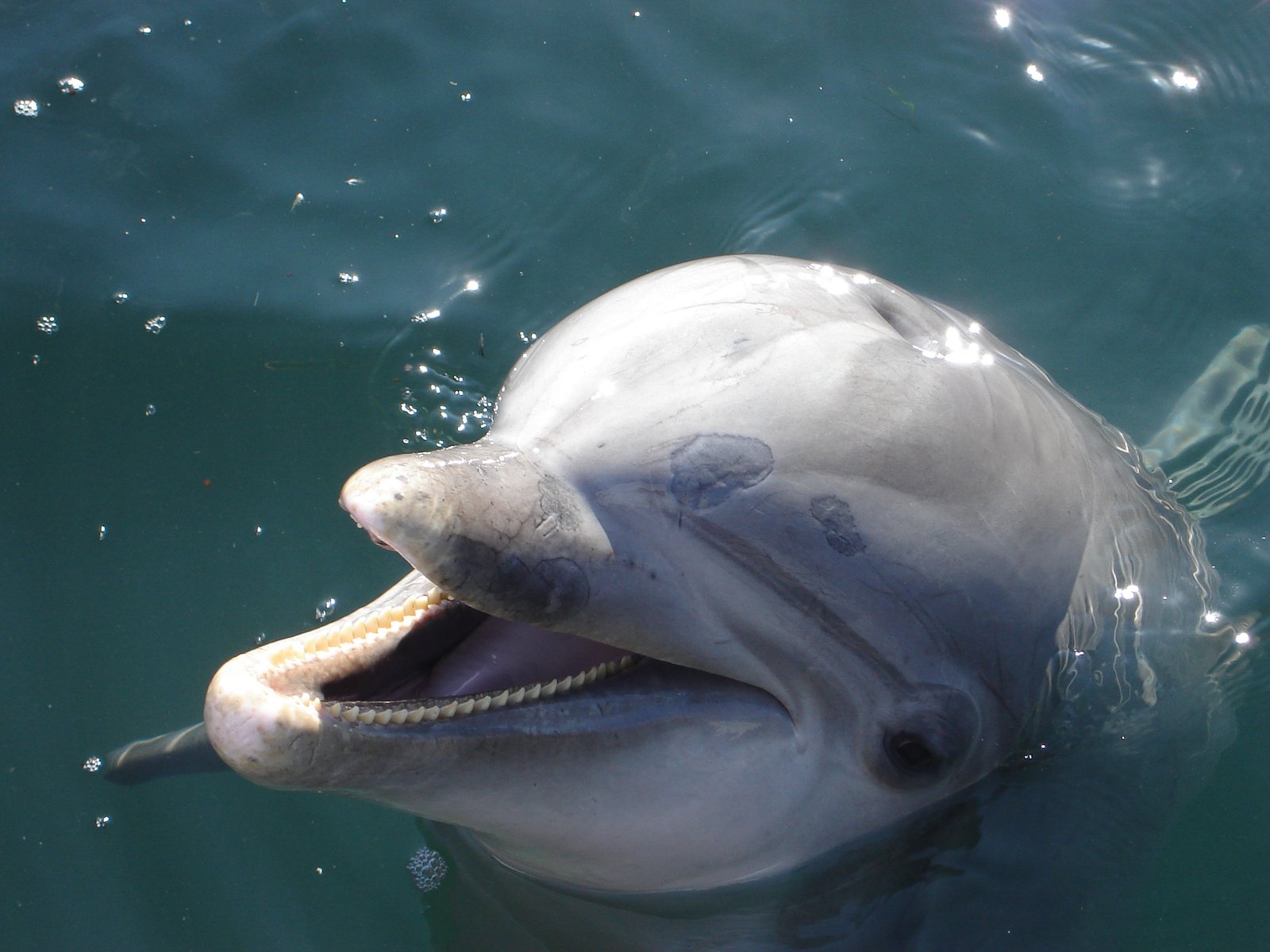
Dolphins possess remarkable sonar capabilities, often superior to human-made technology. This natural echolocation allows them to detect objects underwater, making them ideal for locating mines and enemy divers. Furthermore, dolphins are highly trainable, capable of learning complex tasks and commands. Their speed and agility underwater made them perfect candidates for missions that required stealth and precision. The military saw these traits as invaluable, especially in an era where underwater threats were becoming increasingly sophisticated.
Types of Missions Assigned to Dolphins
Dolphins were trained for a variety of missions, each leveraging their unique skills. One of their primary roles was mine detection. Equipped with small cameras and sensors, dolphins could locate underwater mines without setting them off, providing a safer alternative to human divers. They were also used to patrol harbors and protect naval vessels from enemy divers. In some cases, dolphins were trained to deliver equipment to underwater locations. These missions showcased the flexibility and potential of dolphins in military applications, but they also raised ethical concerns about their welfare.
Ethical Concerns and Public Backlash
The use of dolphins in military operations sparked significant ethical debates. Animal rights activists and marine biologists raised concerns about the welfare of these intelligent creatures. Critics argued that the training methods were stressful and that the dolphins were being exploited for human gain. Additionally, the potential danger these animals faced during missions was a major point of contention. Public awareness campaigns and media coverage brought these issues to the forefront, leading to increased scrutiny and calls for the cessation of such programs.
The Science Behind Dolphin Training
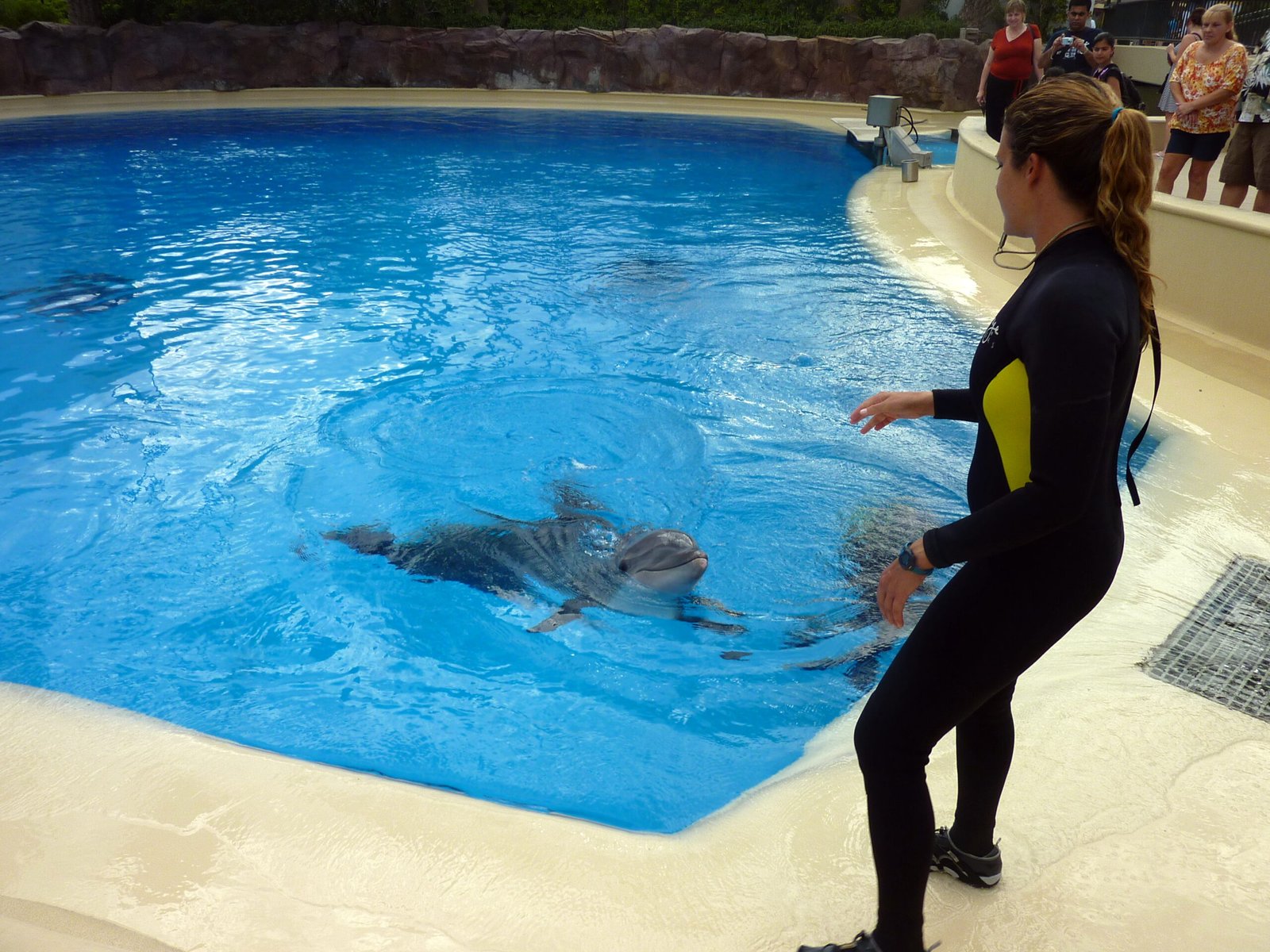
Training dolphins for military purposes required a deep understanding of their behavior and biology. Trainers employed positive reinforcement techniques, rewarding the dolphins with food and social interaction for successfully completing tasks. The process was meticulous and required patience, as each dolphin’s personality and learning pace varied. Scientists involved in the program conducted extensive research on dolphin cognition and communication, contributing valuable insights to the field of marine biology. Despite the scientific advancements, the ethical implications remained a persistent concern.
International Reactions and Comparisons
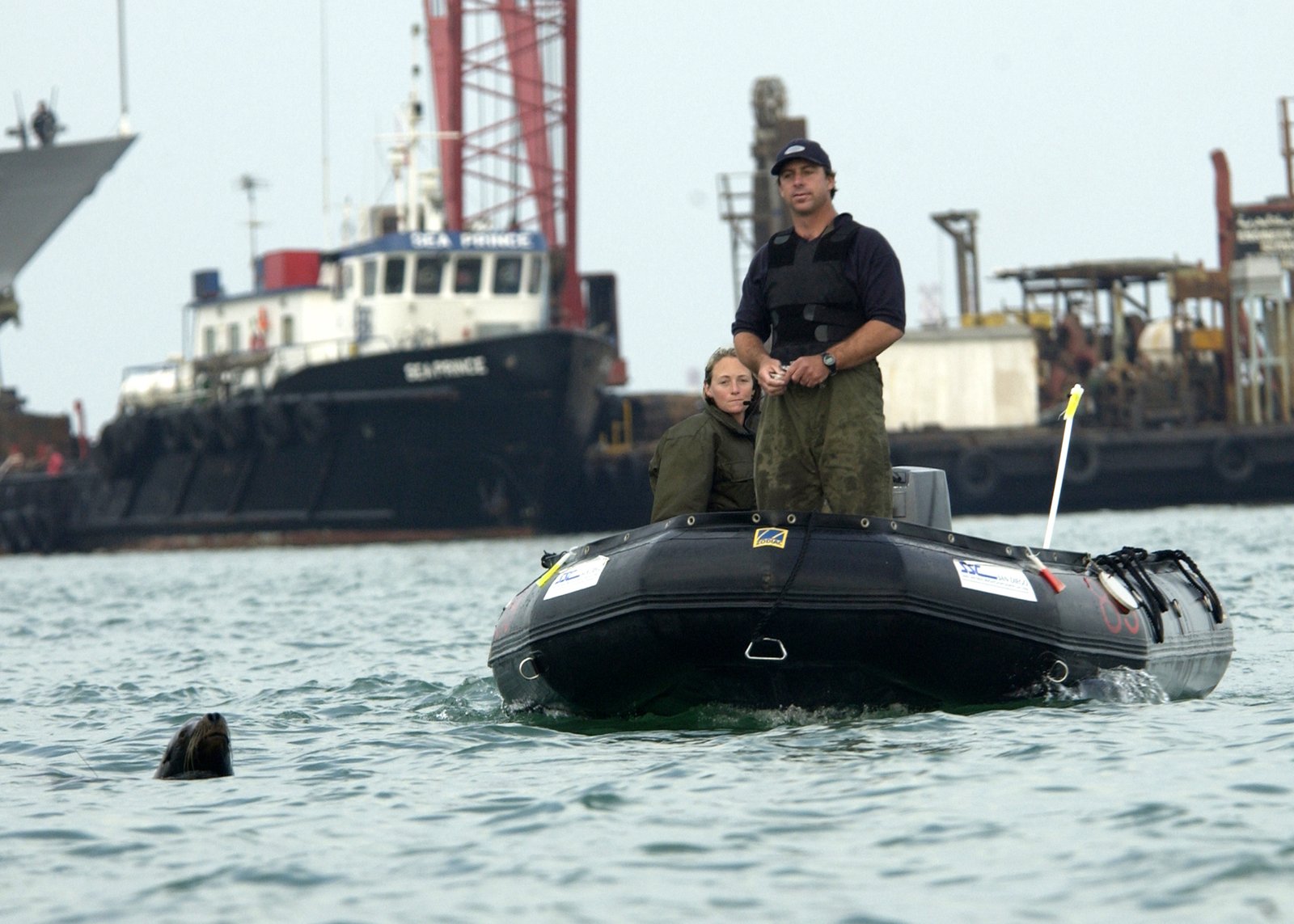
The U.S. was not alone in its endeavors to use marine mammals for military purposes. Other countries, including the Soviet Union, also explored similar programs. The international community had mixed reactions, with some nations expressing interest in the potential benefits, while others condemned the practice on ethical grounds. Comparisons between programs revealed differences in training methods and mission objectives, adding another layer of complexity to the global discourse on the use of animals in warfare.
Impact on Dolphin Populations and Conservation Efforts
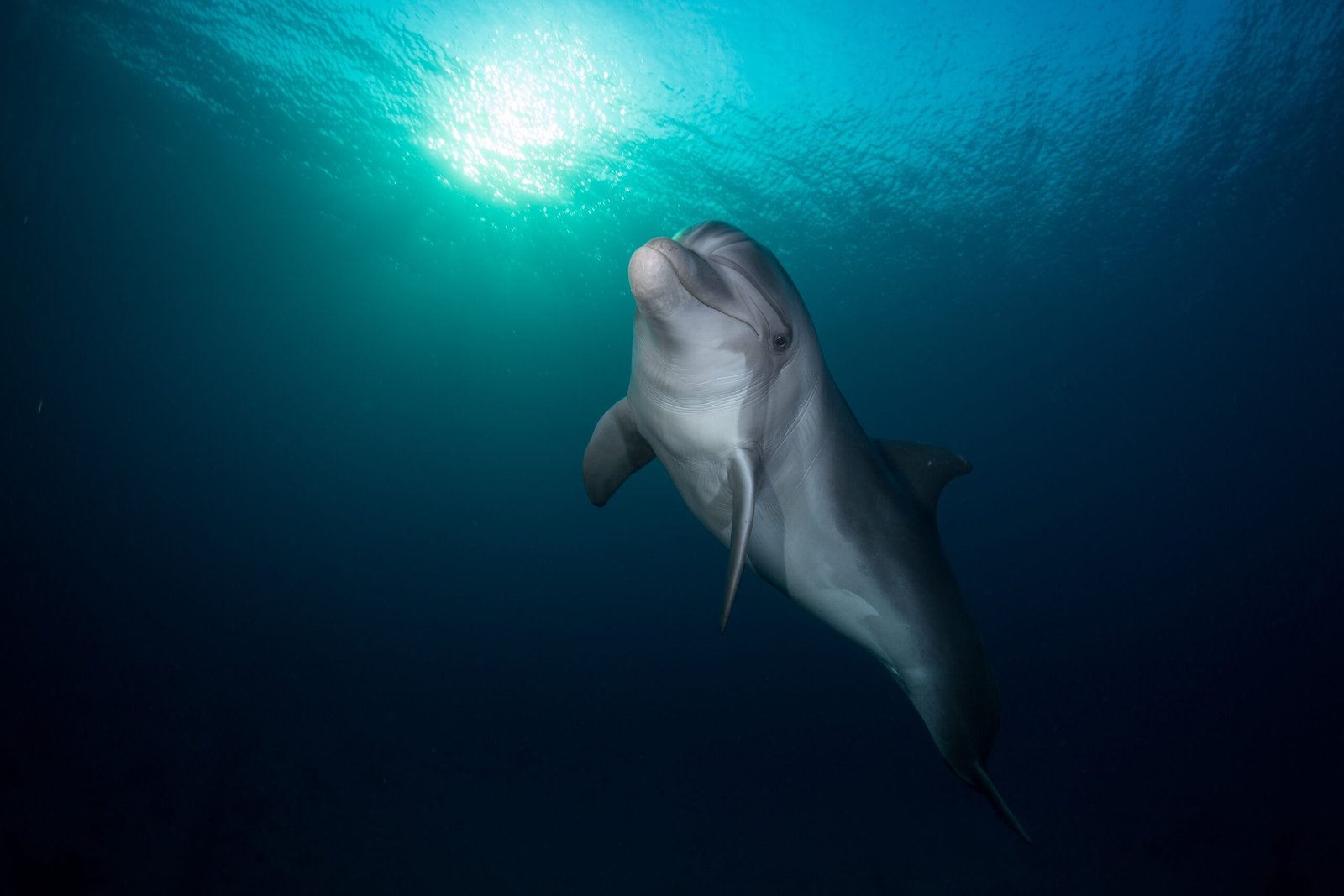
The military use of dolphins inevitably impacted their populations and conservation efforts. Concerns about the capture and training of wild dolphins led to increased advocacy for their protection. Conservationists argued that the removal of dolphins from their natural habitats disrupted ecosystems and threatened their survival. These concerns fueled broader discussions about marine conservation and the need for stricter regulations on the capture and use of marine mammals. The military programs inadvertently highlighted the importance of preserving these intelligent creatures for future generations.
Modern Perspectives on Military Use of Animals

Today, the use of animals in military operations is viewed through a more critical lens. Advances in technology have reduced the reliance on marine mammals, with drones and underwater vehicles offering safer and more ethical alternatives. The legacy of the dolphin programs serves as a reminder of the ethical dilemmas that arise when animals are used for human purposes. Modern military practices emphasize the importance of humane treatment and the consideration of animal welfare in all operations. This shift reflects a growing awareness of the moral responsibilities associated with using animals in any capacity.
Lessons Learned from the Dolphin Military Program
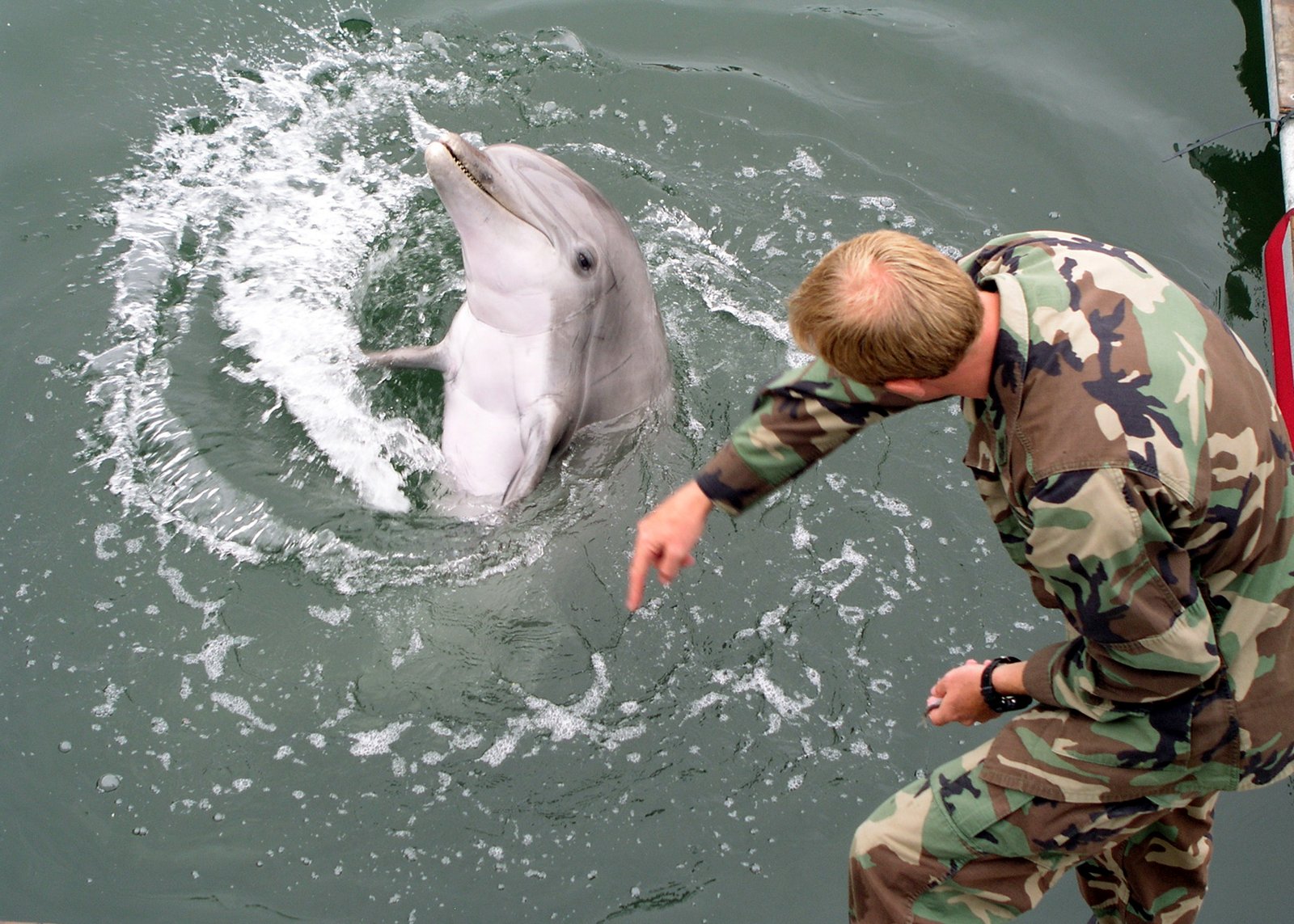
The dolphin military program provided valuable lessons in both military strategy and ethical considerations. It highlighted the need for careful evaluation of the implications of using animals in high-risk situations. The program also underscored the importance of transparency and public accountability in military projects involving animals. These lessons have informed current practices and policies, ensuring that the welfare of animals is prioritized in any future endeavors. The legacy of the program continues to influence discussions on the ethical treatment of animals in various fields, from conservation to research.
The Future of Dolphins and Military Technology
As technology continues to advance, the role of dolphins in military missions has diminished. However, the insights gained from the program remain relevant. The focus has shifted towards developing technologies that mimic the abilities of dolphins, such as advanced sonar systems and autonomous underwater vehicles. These innovations aim to achieve the same objectives without compromising animal welfare. The future of military technology lies in finding a balance between effectiveness and ethical responsibility, ensuring that the lessons of the past guide the path forward.
In conclusion, the story of dolphins trained for military missions is a fascinating yet controversial chapter in history. It serves as a powerful example of human ingenuity and the ethical challenges that accompany it. While the use of dolphins in warfare may have diminished, the discussions it sparked continue to shape our understanding of the relationship between humans and the natural world.

